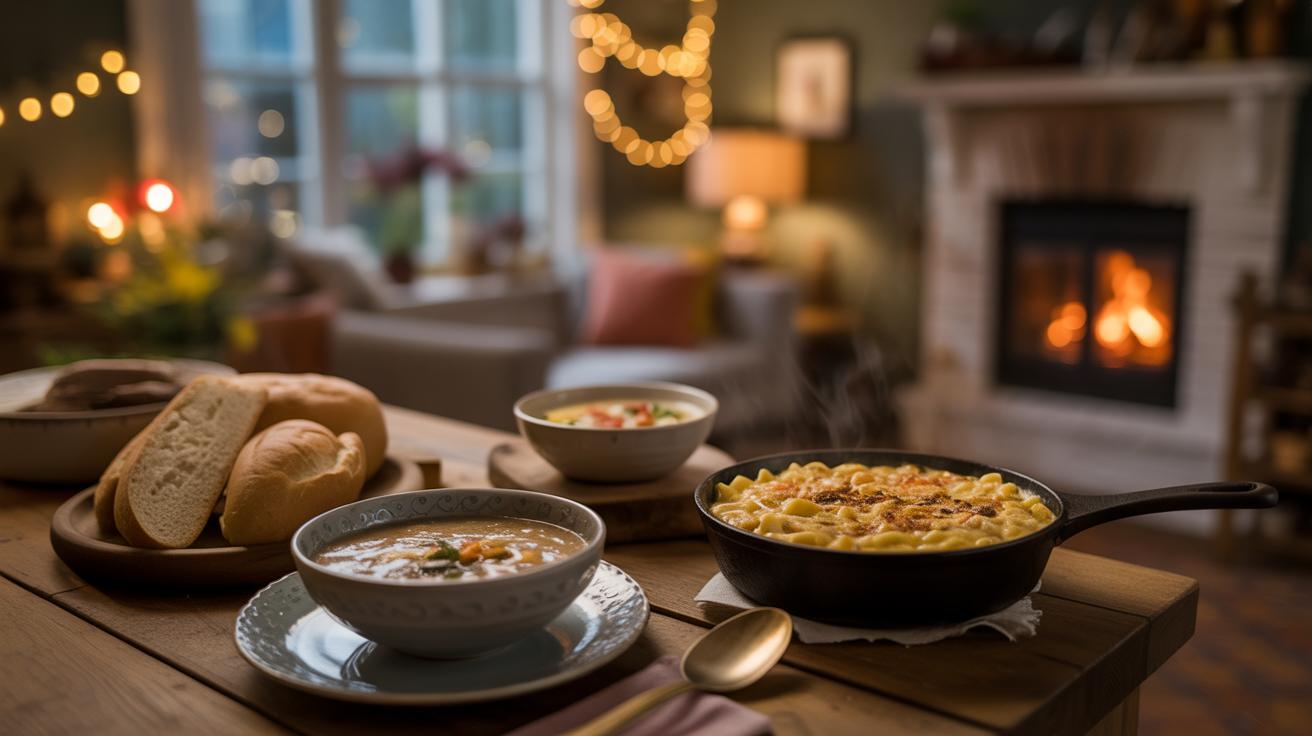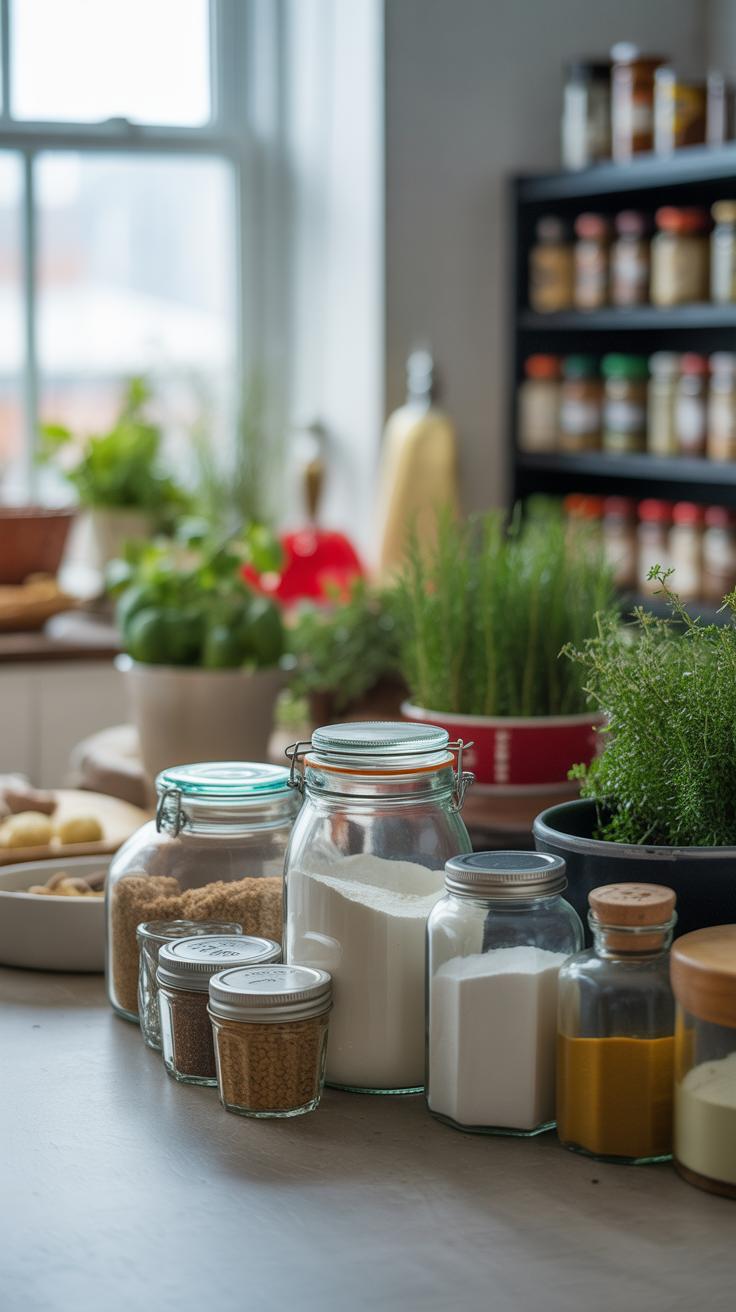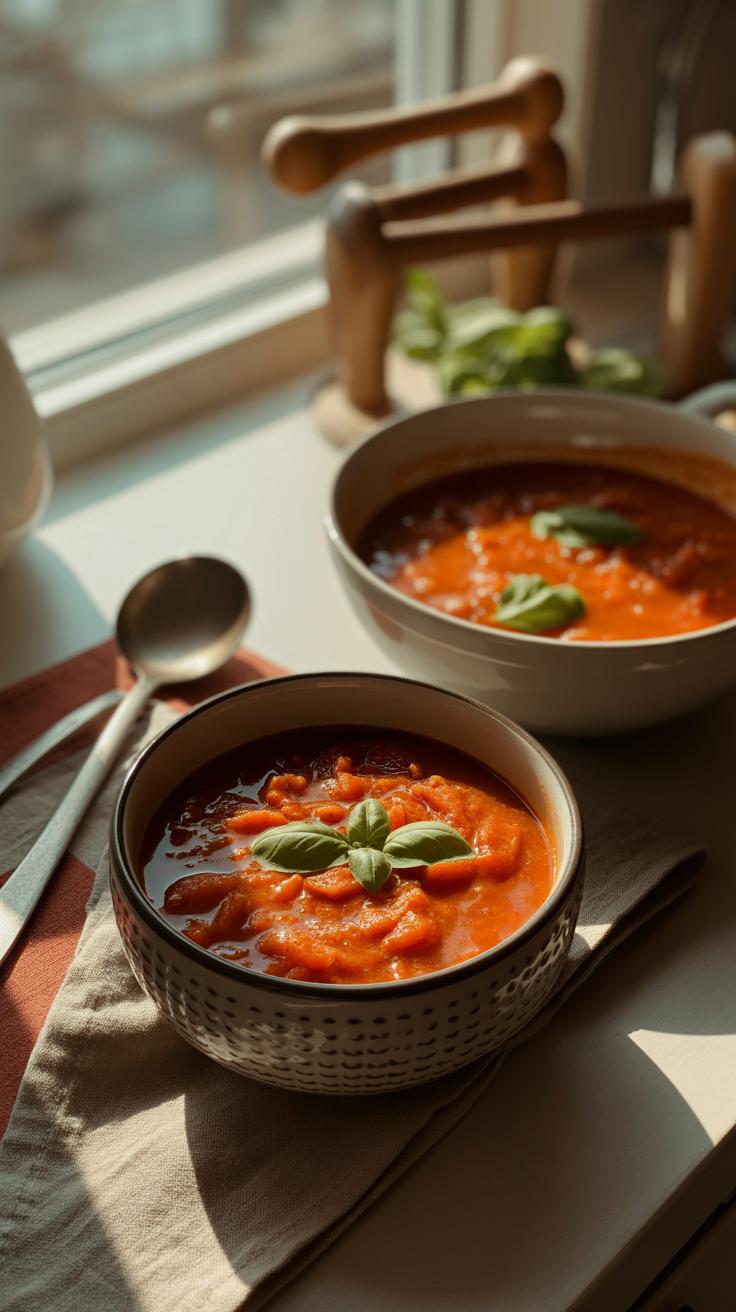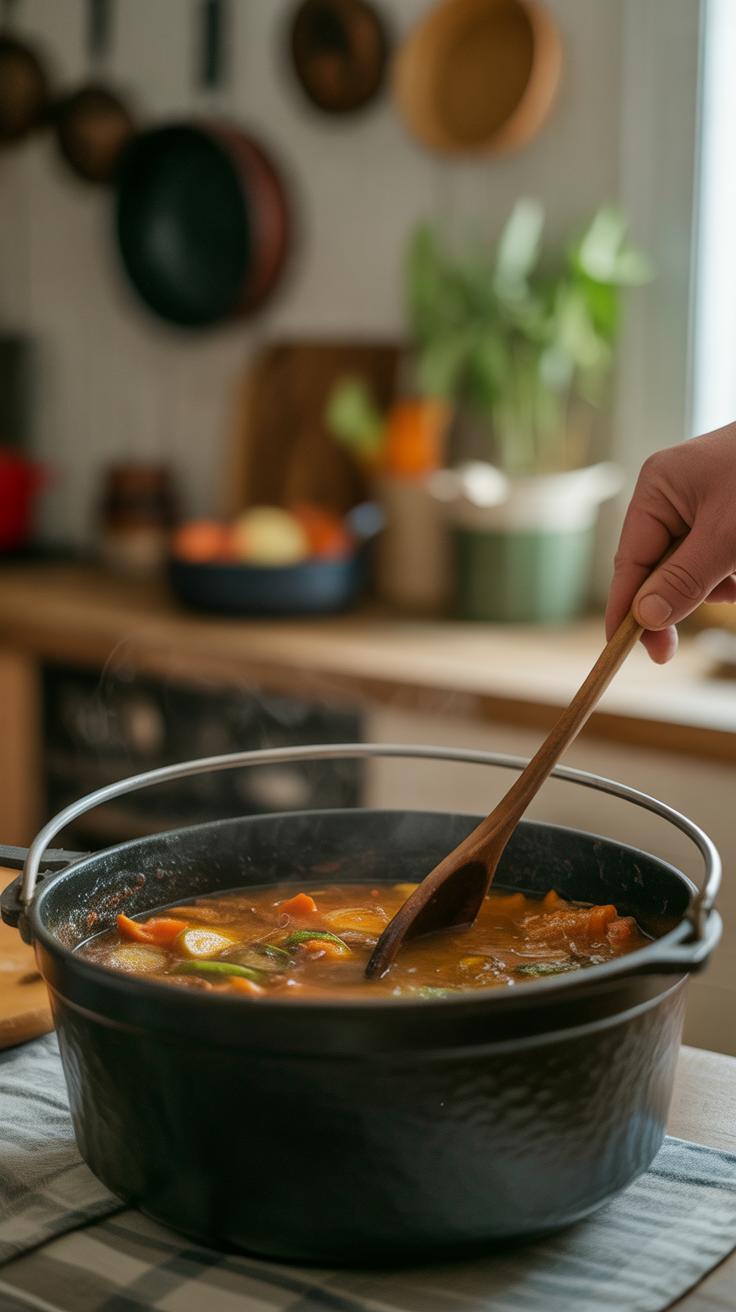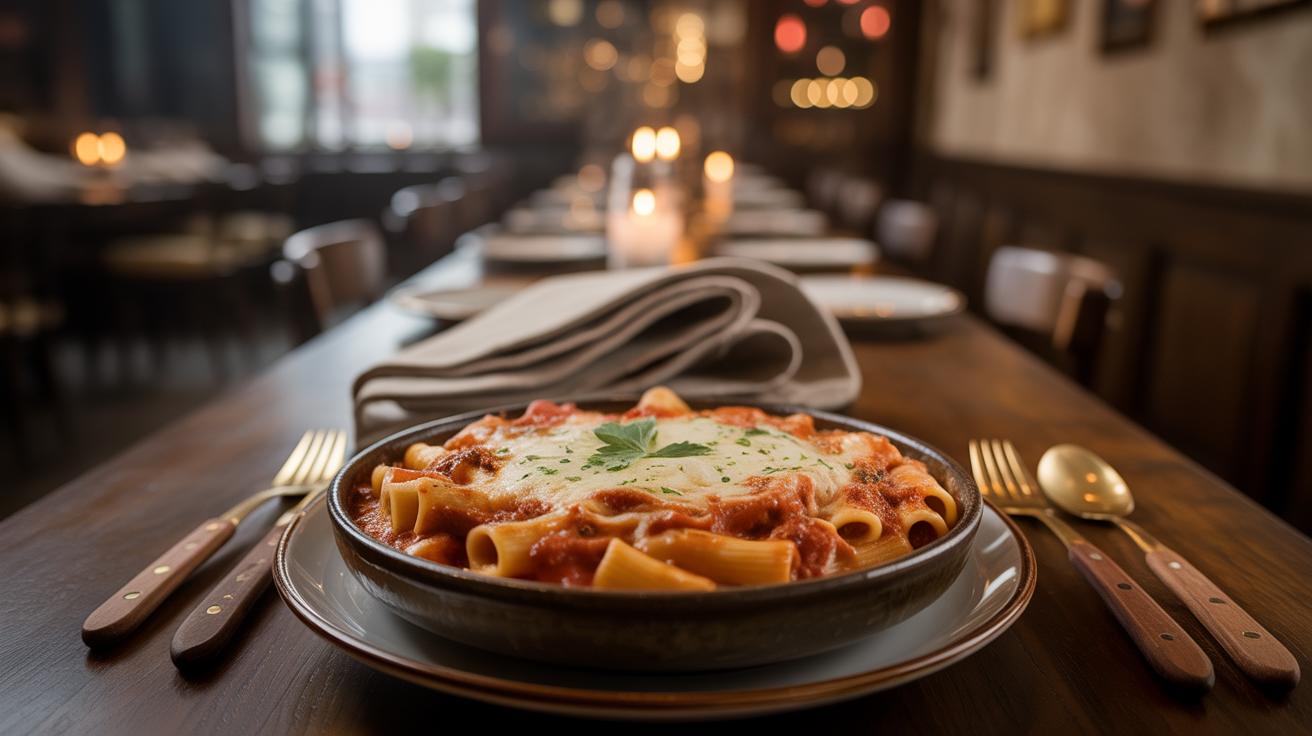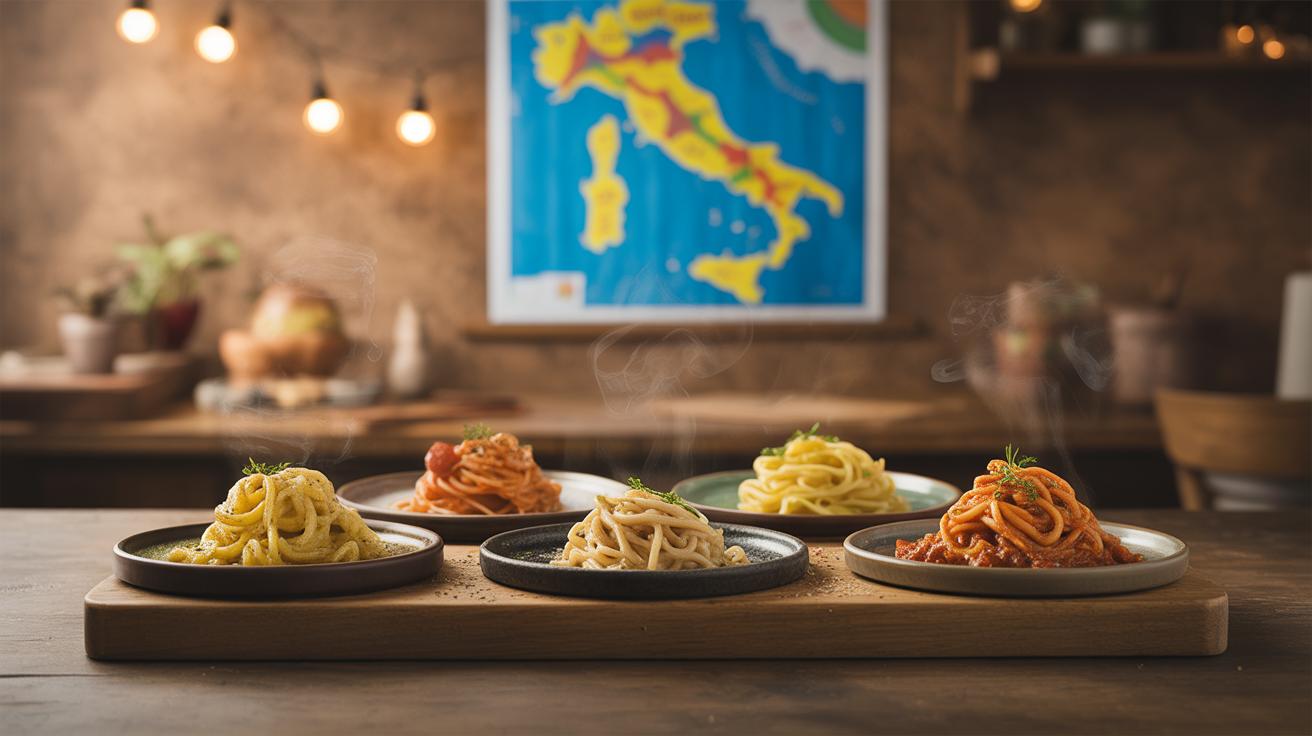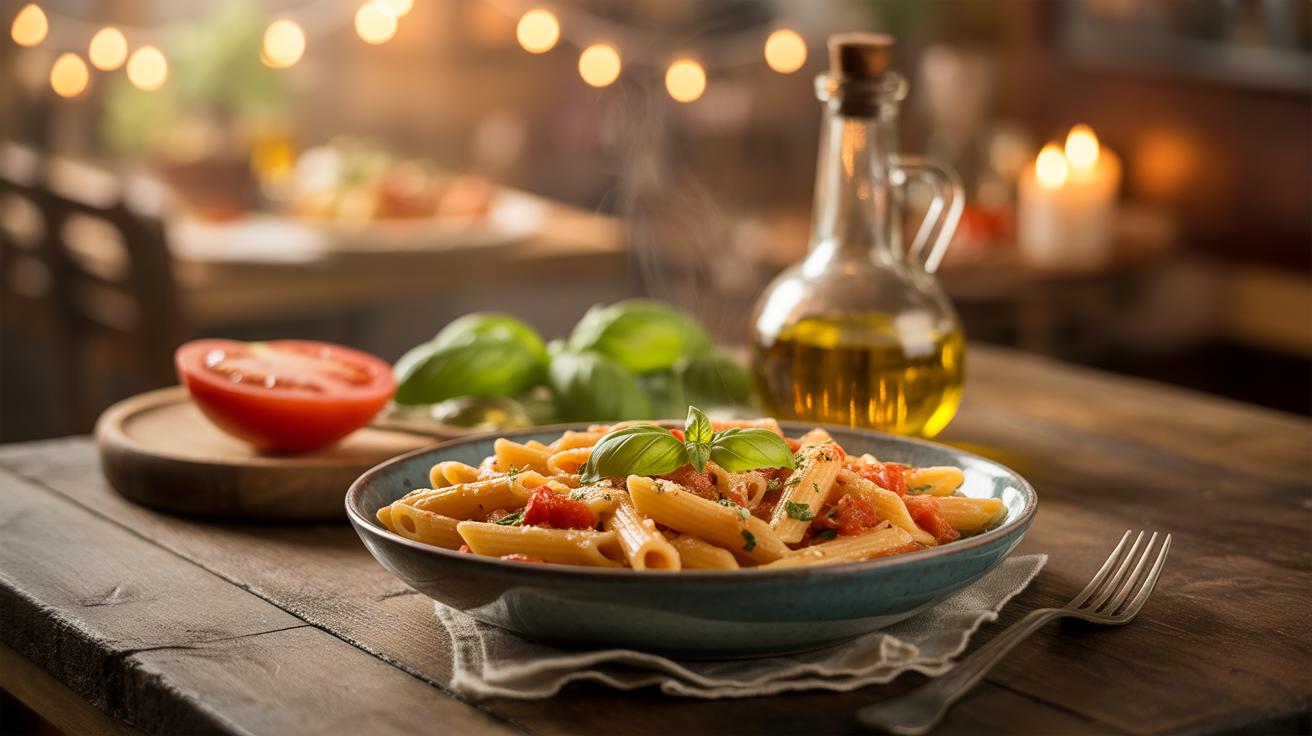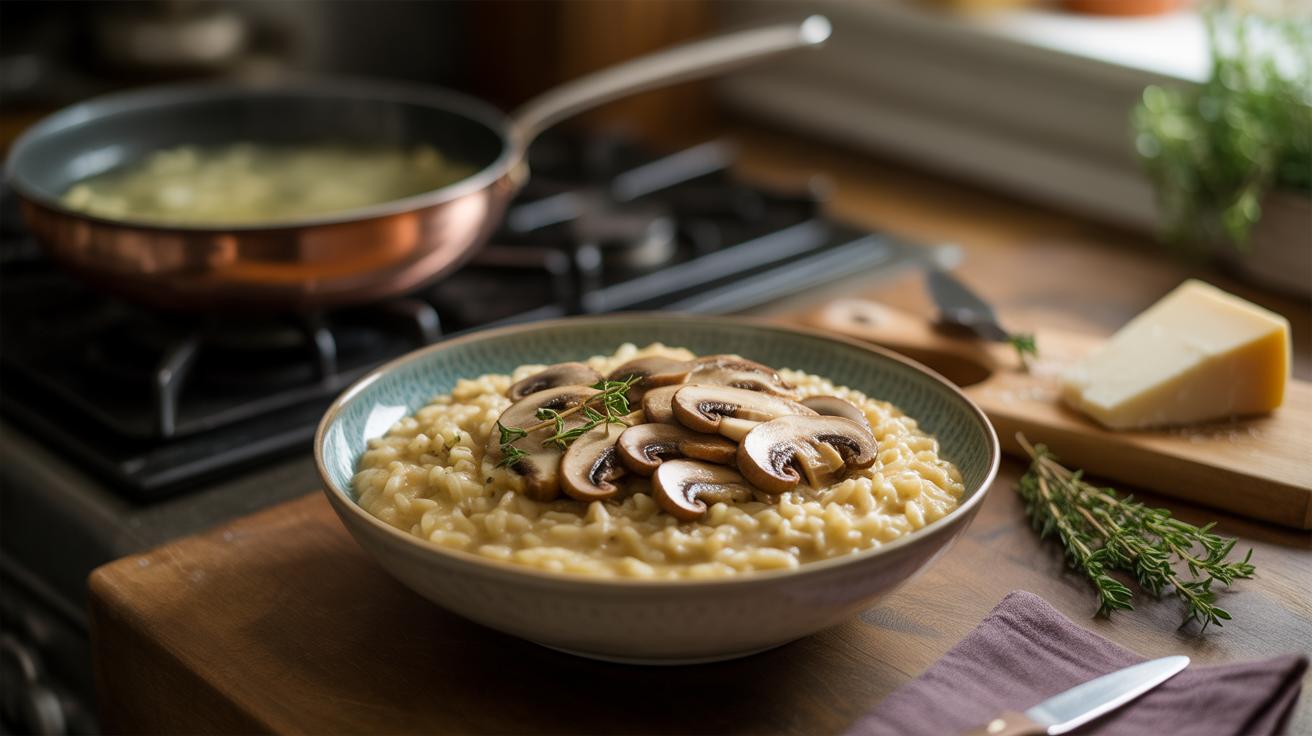Introduction
Classic homemade comfort food brings warmth and joy to your cozy nights. These dishes remind you of home and loved ones. They often come from traditional recipes filled with rich flavors and familiar ingredients. Comfort food is more than just meals; it offers emotional support and a sense of belonging.
In this article, you will explore easy homemade comfort food recipes. You will learn why comfort food matters and how to prepare simple, tasty dishes. These foods can lift your mood and nourish your body during quiet, relaxing evenings. Let’s dive into the soothing world of classic homemade comfort food.
Essential Ingredients for Homemade Comfort Food
When you think of homemade comfort food, what comes to mind? I often picture simple, familiar ingredients that you can find in almost any kitchen. These basics—potatoes, cheese, chicken, and a handful of spices—don’t just fill the pantry; they form the backbone of countless comforting recipes. It’s interesting how these straightforward elements can transform into dishes that feel warm and satisfying.
Staple ingredients work well for comfort food because they’re versatile and approachable. Potatoes, for example, appear in many comforting classics—from mashed potatoes to hearty stews. They have a way of grounding a dish, both in flavor and texture. Cheese adds richness and creaminess that makes meals feel indulgent without being complicated.
Chicken is another common ingredient, appreciated not only for its mild taste but also for how easily it adapts to different cooking styles and flavorings, from roasted to simmered. Plus, spices like cinnamon, nutmeg, or paprika introduce subtle layers of warmth—easy to tweak depending on what you’re aiming for. These ingredients together become more than the sum of their parts, creating dishes that nourish on multiple levels.
Have you noticed how many comfort food recipes revolve around what’s accessible and familiar? Maybe that’s why these ingredients appear so often. They’re dependable, always ready to help you craft something that feels like home. Why do you think these simple components evoke such deep satisfaction? Maybe it’s because they’re linked to shared memories or just the pure ease of cooking with what’s already at hand.
Familiar Homemade Comfort Food Ingredients
You’ll find that homemade comfort food often starts from simple, familiar ingredients—things like potatoes, cheese, chicken, and an array of spices. These basics are comforting not just because of how they taste, but because they’re easy to work with. I think the simplicity helps create dishes that feel approachable and satisfying without fuss. The humble potato, for example, can be mashed, roasted, or turned into a creamy gratin, offering different textures with the same starting point.
Cheese brings creaminess and richness, acting as a bridge between flavors in many dishes. Chicken is another staple, versatile and mild, absorbing spices and herbs well. Spices—maybe a pinch of paprika or a dash of thyme—add warmth and depth without overshadowing the main ingredients. It’s these uncomplicated staples that become the foundation of comfort food.
Staple Pantry Items
When stocking your pantry for comfort food, you want items that last and can fit into many recipes. Think canned tomatoes, dried pasta, rice, flour, some dried beans, and broth cubes. These are easy to store and good for throwing together meals quickly when time or motivation is short. Olive oil, butter, and a few jars of mustard or preserves also come in handy. I tend to keep garlic and onions close too—they’re the usual suspects for flavor bases, though technically fresh, they last long enough on the shelves.
Fresh vs. Pantry Ingredients
Deciding between fresh and pantry items often depends on the recipe and timing. Fresh produce, like carrots or leafy greens, adds brightness and texture, but pantry staples offer consistency and convenience. Maybe you start a chicken stew with fresh veggies but reach for canned tomatoes and dried herbs. Sometimes, frozen vegetables strike a middle ground, providing freshness without the pressure to use them immediately.
The balance can be tricky. Fresh ingredients can transform a simple dish into something memorable, but pantry staples make comfort food accessible—even on nights when the fridge looks bare. It’s not always about what’s freshest but what fits the mood and the moment at hand.
Simple and Cozy Soups to Warm Your Soul
Soups often slip quietly into the comfort food hall of fame. Why? Because they’re warm, easy to eat, and can feel like a hug in a bowl on a chilly evening. Classic soups like chicken soup, tomato soup, and vegetable stew have stayed popular—not just for taste but because they soothe both body and mind.
Take chicken soup. It offers hydration, protein, and important vitamins tucked inside a simple broth. Tomato soup can be tangy yet gentle, rich in antioxidants like lycopene. Vegetable stews, when made right, pack fiber, vitamins, and minerals, all from whatever’s fresh and seasonal. You’d think soups are just sides, but they can easily be the whole meal—or the start of one.
Classic Chicken Soup Recipe
Making classic chicken soup doesn’t require a long list of odd spices or fancy ingredients. Here’s a straightforward approach:
- Start with a whole chicken or bone-in pieces, simmered gently to create a flavorful broth.
- Add chopped onions, carrots, and celery—this trio is the base and gives the soup its familiar taste.
- Season with salt, pepper, and maybe a bay leaf or two; simple works best here.
- Once the chicken is tender, remove it, shred the meat, then return it to the pot.
- For a touch of comfort, toss in some noodles or rice, but these are optional.
You’ll notice the broth gradually develops depth without fuss. It’s the kind of soup that feels wholesome and grounding—something to lean on when you want a little care from your kitchen.
Vegetable Soups for Every Season
Vegetable soups are surprisingly adaptable. The secret lies in making the most of what’s in season, which keeps things fresh and appealing.
- Spring might invite asparagus or peas, blended into a light, bright broth.
- Summer brings tomatoes, zucchini, and maybe corn, perfect for a cold gazpacho or a chunky stew.
- Fall and winter call for heartier vegetables—think root veggies, squash, and leafy greens.
Don’t worry about strict recipes here. You can mix and match flavors, add garlic or fresh herbs like thyme and rosemary, or even a splash of cream for richness. The nutritional benefits stretch across vitamins, fiber, and antioxidants that vary with your choices. It’s a small adventure each time, making soup that’s both nourishing and reassuring.
Hearty OnePot Meals for Easy Preparation
One-pot meals hold a special place in the world of comfort food. They’re not just convenient—they bring a kind of honest warmth that fills both kitchen and belly. You throw everything together in a single pot, set it to cook, and before long, there’s this incredible aroma that feels like home itself. No juggling multiple pans or worrying about timing everything just right.
There’s something satisfying, too, about how these dishes simplify the whole cooking experience. The cleanup is usually minimal, which can make a huge difference after a long day. Maybe you’re tired, or maybe your kitchen fridge is looking bare, but a one-pot meal often rescues you with minimal effort.
Think casseroles—they’re essentially one-pot meals baked on a sheet or in a dish, combining protein, veggies, and starches all in one cozy package. Tuna casserole, for instance, is a classic: cooked pasta, canned tuna, creamy mushroom sauce, topped with crispy breadcrumbs. Or baked pasta dishes, layered with cheese and tomato sauce, that feel indulgent yet straightforward.
Then there are stews. Slow cooker stews, in particular, are a boon for anyone with a busy schedule. You toss in meat, your favorite root vegetables, broth, and herbs, and let time work its magic. The slow cooking intensifies flavors and softens every ingredient to a melt-in-mouth goodness.
Here’s a basic stew idea to get you started:
- Brown chunks of beef or lamb.
- Add chopped onions, carrots, celery, and garlic.
- Pour in beef broth, a splash of red wine or vinegar for tang.
- Season with bay leaves, thyme, salt, and pepper.
- Cook low and slow for several hours until tender.
That deep, hearty satisfaction from these meals is hard to beat. What’s your go-to one-pot dish when you want something simple but truly comforting? I find I’m always surprised by how little effort is needed for such fulfilling results.
Baked Goods That Bring Comfort
Baked goods have long held a special place in comfort food traditions. There’s something about the smell of bread baking or cookies warming in the oven that feels deeply reassuring. Maybe it’s the simple process of mixing flour, butter, and sugar, or the patience required to wait for them to finish. Either way, these homemade treats invite a slow moment, a pause that’s rare in everyday life.
When it comes to breads, easy recipes like soda bread or quick breads are perfect for home bakers who want that fresh-from-the-oven feel without fussing over yeast and long rising times. Soda bread, with its dense crumb and slightly tangy flavor, takes just a few ingredients and a handful of minutes to prepare. Quick breads, from banana to zucchini versions, turn over ripe produce into something nourishing and pleasantly sweet.
The comfort in fresh bread partly comes from its warmth and texture, but also from the act of baking itself. You can’t help but notice how the world quiets down a bit while waiting. It’s grounding in a way—something I personally appreciate on the busiest weeknights.
For those evenings when you want a lift, simple cookies or pies fit the bill nicely. Think of classic sugar cookies, chocolate chip varieties that melt in your mouth, or a straightforward apple pie with a rustic crust. These desserts don’t require elaborate techniques. You can use store-bought pie dough if pressed for time or stick to basic cookie dough that’s ready in minutes.
Here are a few tips to make baking easier and tastier:
- Use room temperature ingredients – it makes mixing smoother.
- Don’t overwork dough; it can toughen cookies or crusts.
- Experiment with small additions like a pinch of cinnamon or a handful of nuts for extra flavor.
Baking at home doesn’t just fill your kitchen with inviting aromas – it offers a quiet pleasure that’s hard to replicate with anything pre-made. Have you noticed how certain smells bring up memories or instantly calm you? For many, that’s the true comfort baked goods bring.
Comfort Food from Different Cultures
Comfort food often reflects where people come from—what grows nearby, what traditions shaped their daily lives. Think about a steaming bowl of Turkish lentil soup, mercimek çorbası, which uses simple red lentils, onions, and paprika. It’s humble, yes, but filled with layers of flavor built around local spices and centuries-old customs. Or take American classics like meatloaf or macaroni and cheese. They lean on pantry staples like ground beef, pasta, and cheese to deliver a soothing feeling many associate with home and family dinners.
Every culture crafts these dishes with a sense of care, tying past and present. Sometimes it’s the cooking method—slow simmering or baking—that adds warmth. Other times it’s the way ingredients come together in surprising but comforting ways. It’s less about the fancy stuff and more about what connects you to a sense of belonging, even on the loneliest nights.
Global Comfort Food Favorites
Across the globe, some dishes have a way of settling the soul, each tied closely to regional ingredients:
- Japan: Miso soup with tofu and seaweed, light but deeply satisfying.
- Italy: Risotto, slow-cooked with broth and Parmesan to creamy perfection.
- Mexico: Pozole, a hearty hominy stew spiced with chiles and often pulled pork or chicken.
- France: Cassoulet, a bean stew with rich meats that takes hours but leaves you feeling grounded.
Each one nourishes in its own way, using ingredients easily found nearby, sometimes reflecting seasons or practical needs. These dishes are not only food but comfort wrapped in cultural identity.
How to Adapt Recipes to Your Kitchen
Trying to make these dishes with what’s on hand can feel tricky. But it’s more flexible than you might expect. Don’t have chickpeas for stew? Use canned beans or lentils instead. No fresh herbs? Dried ones often still work. The spirit of comfort food isn’t in exact measurements but in making something that soothes.
Here’s how you might approach it:
- Start with the main flavors—what stands out? Try to keep that essence.
- Use local and seasonal ingredients to replace those you can’t find.
- Experiment a bit; a small change in spice or texture might surprise you.
- Don’t worry if it’s not exactly like the original—your version is part of your comfort story.
In the end, the goal is simple: a meal that feels like a warm hug, however you make it. You might even discover a dish that becomes your own go-to comfort classic.
Tips for Cooking Comfort Food Easily
Getting dinner on the table—comfort food especially—doesn’t have to become a big production. Sometimes, the trick is in doing just a little prep ahead. For example, chopping vegetables or measuring spices a day before saves you those few extra minutes that can feel so precious on a busy night. You might even cook parts of a dish, like simmering a sauce or roasting root vegetables, then just reheat when ready. It’s surprising how this small shift changes the whole vibe of cooking from stressful to manageable.
When time is tight, don’t hesitate to swap ingredients. If fresh herbs aren’t handy, dried versions work fine—just use less since they’re more potent. Frozen veggies can stand in for fresh without losing much flavor or texture, and canned beans often beat cooking from scratch when you’re rushing. I’ve often tossed frozen peas into stews with good results. It’s not always perfect, but comfort is flexible.
Thinking about your flavor profile before you start helps too. A pinch of garlic powder or a dash of smoked paprika brings dishes to life without much effort. Adding a squeeze of lemon or a splash of vinegar at the end brightens heavier recipes surprisingly well. It’s funny how these small notes shift a meal from okay to memorable.
Planning meals for cozy nights can feel like a puzzle. Trying out a weekly meal plan might sound strict, but it’s just about removing some guesswork. Even jotting down a few ideas or keeping certain staples on hand—like broth, pasta, or potatoes—can ease the process. After all, deciding what to eat is sometimes the hardest part.
Sharing Comfort Food with Loved Ones
Comfort food often goes beyond just filling the stomach. It carries a sense of connection. When you share a pot of stew or a warm casserole with family or friends, you’re also sharing a moment, a feeling, maybe even a bit of your own story. That’s what makes these meals special—the company.
Finding ways to enjoy comfort food together can range from simple family dinners to inviting neighbors over for a casual night. It doesn’t have to be fancy. Sometimes, just gathering around the kitchen island with a bowl of mac and cheese sparks more joy than any elaborate meal.
Think about traditions you might start or already have: a Sunday roast, a pancake breakfast, or even assembling a chili night. These can become rituals that build memories, often passed down or evolving with each gathering. Have you noticed how certain smells or dishes bring people back to their childhood? It’s those little moments of sharing that stick with us.
Creating Cozy Dinner Rituals
Turning dinner time into something a bit more than just eating can really deepen the comfort food experience. Lighting a few candles or playing soft music can change the whole vibe, making the meal feel like an event rather than a routine.
Getting everyone involved in cooking may sound tricky on busy nights, but even small roles—like stirring, chopping, or setting the table—can make a difference. Kids often enjoy feeling part of the process, and this hands-on time can slow things down. It’s not about perfection or speed; it’s about presence.
You could try themes, too. Maybe “bake night” with homemade bread or a soup and salad combo where everyone creates their own bowl. Imagine the anticipation that builds when you all share the work and then the reward—the meal itself. Doesn’t that sound nicer than eating alone in front of the TV?
Food and Emotional Well-being
There’s a genuine kind of happiness in both giving and receiving homemade food. It’s like a non-verbal way of saying, “I care.” When you offer someone a dish you prepared, it can help ease loneliness or stress, sometimes more than words can.
Comfort food shared can ground us emotionally. It reminds us we’re not alone, even when life feels overwhelming. You might notice that sharing a meal can open up conversations, make emotions easier to express, or just provide a safe space for quiet companionship.
Have you ever held onto a leftover, just to reheat it later for a little pick-me-up? Those simple acts can carry a surprising weight for emotional well-being. Sometimes, comfort food is not just about taste—it’s about feeling seen and cared for.
Conclusions
Making classic homemade comfort food connects you with your memories and offers a comforting experience. These dishes allow you to enjoy good food and emotional warmth. You can easily prepare many recipes with basic ingredients found in your kitchen. Cooking comfort food helps you relax and feel cared for after a busy day.
Try these recipes for cozy nights at home. You will find joy in the simplicity and taste of homemade dishes. Remember, comfort food is about feeling good and sharing meals with those you love. Keep exploring new recipes and enjoy the comfort and happiness that homemade food brings.

